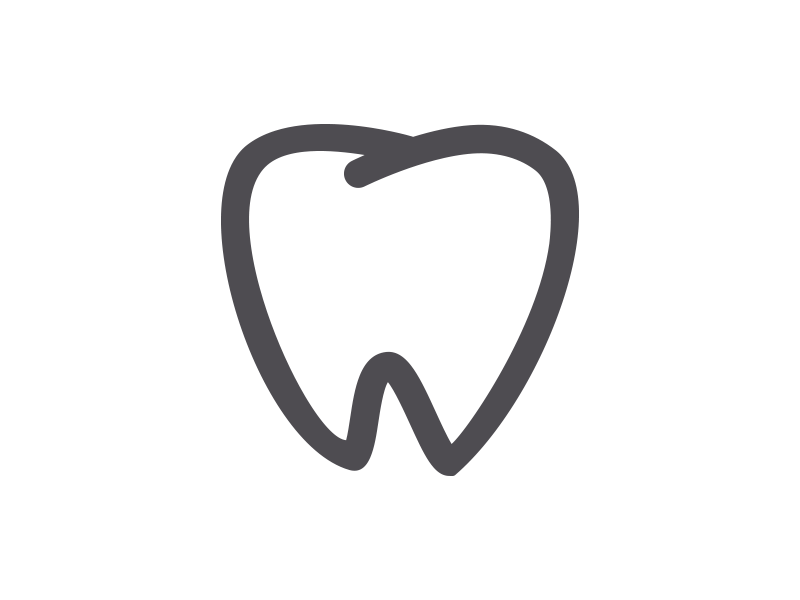Which type of retainer is right for you?
Which type of retainer is right for you?
[et_pb_section bb_built=”1″][et_pb_row][et_pb_column type=”4_4″][et_pb_text]
Types of retainers
When your braces finally come off, it is a very exciting time! As exciting as this time is, your orthodontic treatment is not completely over. The next phase is retention. The one thing you’ll hear the most is “Make sure that you wear your retainer!” and they aren’t kidding.
I’m sure you have heard about retainers, but what do they do for you? A retainer keeps your teeth in place after you have your braces off to make sure your teeth continue to stay straight. If you stop wearing it or keep forgetting about it, your teeth could shift back, or you could form gaps between your teeth. It takes almost a year for the ligaments to solidify into their new positions after the braces come off and they often need some retention to keep them in place.
There are three basic types of retainer’s available today:
| Hawley Retainer- The Hawley retainer has been around since the 1920’s. It is made of metal and acrylic or plastic. It has a bendable wire that goes across the front of your teeth and is made in a mold to fit in your mouth. This retainer is adjustable so we can fine tune it when needed. Pros-Adjustable-Allows you to brush your teeth in a more natural way. Easy to clean and lasts for a long time if properly taken care of. Cons-You may have a lisp when getting used to wearing it. |
|
| Clear Retainers – made of clear plastic, similar to Invisalign or Essix. The mold fits perfectly over your teeth and is very popular because it is virtually invisible. However, these tend to need to be often replaced. Pros-Hard to notice. Comfortable. Cons-Does do not allow teeth to touch naturally. Traps liquid and can be harder to clean. Non-adjustable. Wears out after a few years. |
|
| Permanent Retainer-Is permanently in place. It is comprised of a wire and primarily used on the lower teeth and glued to the back of your teeth. Sometimes you start with this retainer and move into a Hawley or clear retainer in six months to a year. Pros-Cannot be seen by others. Cannot be lost. Long lifespan. Cons-More difficult to clean teeth. Not as comfortable. Ongoing visits required to monitor the retainer. |
|
[buttons]
[/et_pb_text][/et_pb_column][/et_pb_row][/et_pb_section]
















